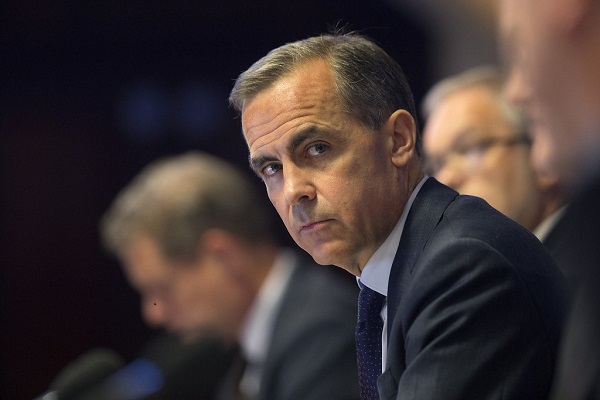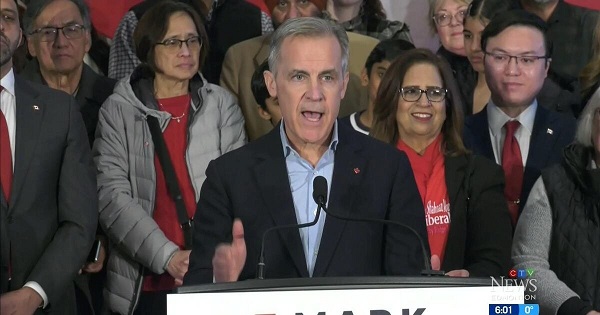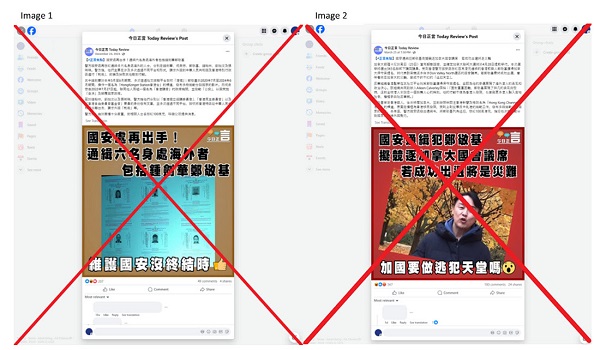Alberta
Securing the Alberta-U.S. border
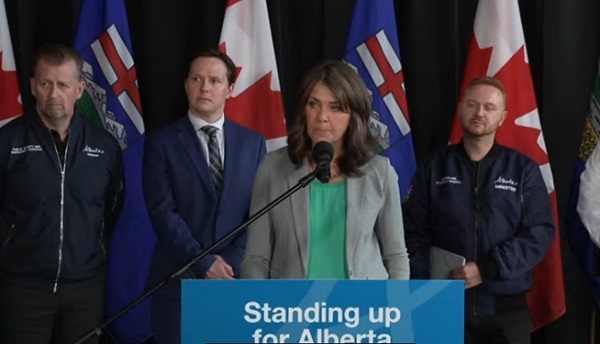
Alberta’s border security plan is advancing rapidly with more measures in place to stop illegal activity at the Alberta-U.S. border.
In December 2024, Alberta’s government announced a $29-million investment to create an Interdiction Patrol Team (IPT) within the Alberta Sheriffs to crack down on illegal cross-border activities threatening lives and livelihoods on both sides of the Alberta-Montana border. Alberta’s government recognizes the need for swift and decisive action that will curb drug trafficking and illegal border crossings to strengthen the province’s border security.
The team’s first cohort has been deployed and hiring will continue until all 51 positions are filled. The IPT is now operational, working closely with the RCMP and Canada Border Services Agency to identify and apprehend individuals suspected of drug smuggling, human trafficking and other illegal activities involving movement across the Canada-U.S. border. To date, 20 members of the Alberta Sheriffs have been assigned to the IPT to patrol between entry points, and to vehicle inspection stations along Alberta’s side of the border.
 Sheriffs Interdiction Patrol Team map
Sheriffs Interdiction Patrol Team map
“We are committed to strengthening security along Alberta’s southern border to put an end to the dangerous criminal activities that are destroying lives on both sides of the border. In addition to launching our new Interdiction Patrol Team, we are building three new vehicle inspection stations and increasing highway monitoring for suspicious activity. Our plan will ensure that Alberta’s southern border is secure.”
“Alberta’s government is increasing border security and has zero tolerance for illegal activities that threaten the well-being of Albertans or Alberta’s economy. The Alberta Sheriffs Interdiction Patrol Team puts more boots on the ground to identify where and when these activities are taking place, boosting security along our southern border and disrupting dangerous cross-border human, drugs and weapons trafficking in both directions. Let this be a message to all potential traffickers, especially those who traffic deadly fentanyl, you will get caught and you will go to jail.”
Alberta’s government continues to acquire equipment that will enable the IPT to detect and apprehend individuals committing illegal activity, including drones, night-vision optics and patrol canines. This team will patrol to detect and intercept illicit drugs, illegal firearms and unlawful attempts at illegal international border crossing. The IPT will be fully operational in coming months.
Through this process, Alberta has identified further significant concerns with the shared Canada-U.S. border. In response, Alberta’s government is advancing further measures to increase the security of the southern border.
In addition to the IPT, Alberta Transportation and Economic Corridors is dedicating $15 million over two years for three new vehicle inspection stations near the border, if Budget 2025 passes. This will give Sheriffs dedicated facilities to inspect commercial vehicles, whether they’re crossing into the United States or coming into Canada. The stations will be located on Highway 1 at Dunmore, Highway 3 at Burmis and Highway 4 at Coutts. The stations will include enhanced parking lanes for inspections, and winter ready buildings for year-round inspections.
Another measure undertaken by Alberta’s government is to train highway maintenance workers to identify and report suspicious activity during highway maintenance operations. Volker Stevin has a contract to maintain about 600 kilometres of highways in southern Alberta and by empowering their workers to identify and report suspicious activity, Alberta’s government is layering further security measures without adding additional costs.
“Border security is a priority, and Alberta Transportation and Economic Corridors is doing its part to enhance security and surveillance through three new vehicle inspection stations and with the help of our highway maintenance contractors, who will be trained to detect and report suspicious activity, providing an extra pair of eyes along the border.”
“The Interdiction Patrol Team will play a key role in eradicating crimes that seek to exploit the Alberta-Montana border in both directions. The Alberta Sheriffs are pleased to collaborate with the RCMP, Canada Border Services Agency and our counterparts in the United States as we work to keep our shared border safe and secure.”
Alberta’s government also amended the Critical Infrastructure Defence Regulation in January 2025 to add a two-kilometre-deep border zone north of the Alberta-United States border to the definition of essential infrastructure under the Critical Infrastructure Defence Act. The act gives peace officers the authority to arrest individuals caught trespassing on, interfering with or damaging essential infrastructure and who do not have a lawful right, to be on the essential infrastructure.
“Amending the Critical Infrastructure Defence Regulation is a key piece of our efforts to strengthen security in the area near the international border. We have quickly taken action that will support law enforcement in improving public safety, and tackle cross-border crime, drugs, illegal migrants and human-trafficking.”
Quick facts:
IPT will be supported by:
- 51 uniformed officers equipped with carbine rifles (weapons for tactical operations)
- 10 support staff, including dispatchers and analysts
- four drug patrol dogs, critical to ensure reasonable suspicion to search vehicles
- 10 cold weather surveillance drones that can operate in high winds with dedicated pilots
- four narcotics analyzers to test for illicit drugs
The IPT has already conducted more than 3,300 stops/contacts and has been successful in:
- assisting with four Northbound unauthorized border crossings
- executing 18 warrants and conducting two Judicial Interim Release hearings
- conducting three arrests related to possession of cocaine for the purpose of trafficking
Related news
- A plan to secure Alberta’s southern border (Dec. 12, 2024)
Alberta
Premier Danielle Smith responds to election of Liberal government
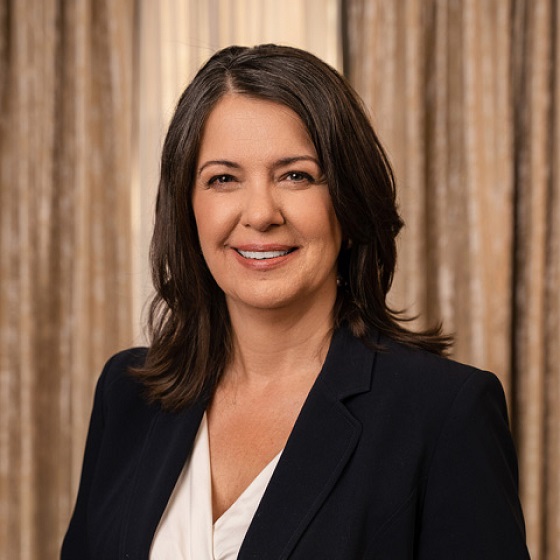
Premier Danielle Smith released the following statement following the re-election of a Liberal government in Ottawa.
I congratulate Prime Minister Mark Carney on his minority government election victory last night.
I also want to sincerely thank Pierre Poilievre for his powerful and principled advocacy against the last decade’s punitive taxation and anti-resource policies that have made our country weaker, more divided and overly-dependent on the United States.
Mr. Poilievre’s vision for a safer, more affordable, united and prosperous Canada drove the policy debate in this country for the last several years and has inspired millions to see the unique potential of our nation. While Liberals and New Democrats demeaned and demonized Albertans, our values and our industries for political gain, Mr. Poilievre made empowering Albertans and our energy sector a cornerstone of his campaign. His respect and admiration for Albertans could not have been clearer. He is and continues to be a true friend of Alberta.
As Premier, I invite the Prime Minister to immediately commence working with our government to reset the relationship between Ottawa and Alberta with meaningful action rather than hollow rhetoric. A large majority of Albertans are deeply frustrated that the same government that overtly attacked our provincial economy almost unabated for the past 10 years has been returned to government.
As Premier, I will not permit the status quo to continue. Albertans are proud Canadians that want this nation to be strong, prosperous, and united, but we will no longer tolerate having our industries threatened and our resources landlocked by Ottawa.
In the weeks and months ahead, Albertans will have an opportunity to discuss our province’s future, assess various options for strengthening and protecting our province against future hostile acts from Ottawa, and to ultimately choose a path forward.
As Premier, I will facilitate and lead this discussion and process with the sincere hope of securing a prosperous future for our province within a united Canada that respects our province’s constitutional rights, facilitates rather than blocks the development and export of our abundant resources, and treats us as a valued and respected partner within confederation.
Our government will be holding a special caucus meeting this Friday to discuss this matter further. I will have more to say after that meeting is concluded.
Alberta
Low oil prices could have big consequences for Alberta’s finances

From the Fraser Institute
By Tegan Hill
Amid the tariff war, the price of West Texas Intermediate oil—a common benchmark—recently dropped below US$60 per barrel. Given every $1 drop in oil prices is an estimated $750 million hit to provincial revenues, if oil prices remain low for long, there could be big implications for Alberta’s budget.
The Smith government already projects a $5.2 billion budget deficit in 2025/26 with continued deficits over the following two years. This year’s deficit is based on oil prices averaging US$68.00 per barrel. While the budget does include a $4 billion “contingency” for unforeseen events, given the economic and fiscal impact of Trump’s tariffs, it could quickly be eaten up.
Budget deficits come with costs for Albertans, who will already pay a projected $600 each in provincial government debt interest in 2025/26. That’s money that could have gone towards health care and education, or even tax relief.
Unfortunately, this is all part of the resource revenue rollercoaster that’s are all too familiar to Albertans.
Resource revenue (including oil and gas royalties) is inherently volatile. In the last 10 years alone, it has been as high as $25.2 billion in 2022/23 and as low as $2.8 billion in 2015/16. The provincial government typically enjoys budget surpluses—and increases government spending—when oil prices and resource revenue is relatively high, but is thrown into deficits when resource revenues inevitably fall.
Fortunately, the Smith government can mitigate this volatility.
The key is limiting the level of resource revenue included in the budget to a set stable amount. Any resource revenue above that stable amount is automatically saved in a rainy-day fund to be withdrawn to maintain that stable amount in the budget during years of relatively low resource revenue. The logic is simple: save during the good times so you can weather the storm during bad times.
Indeed, if the Smith government had created a rainy-day account in 2023, for example, it could have already built up a sizeable fund to help stabilize the budget when resource revenue declines. While the Smith government has deposited some money in the Heritage Fund in recent years, it has not created a dedicated rainy-day account or introduced a similar mechanism to help stabilize provincial finances.
Limiting the amount of resource revenue in the budget, particularly during times of relatively high resource revenue, also tempers demand for higher spending, which is only fiscally sustainable with permanently high resource revenues. In other words, if the government creates a rainy-day account, spending would become more closely align with stable ongoing levels of revenue.
And it’s not too late. To end the boom-bust cycle and finally help stabilize provincial finances, the Smith government should create a rainy-day account.
-
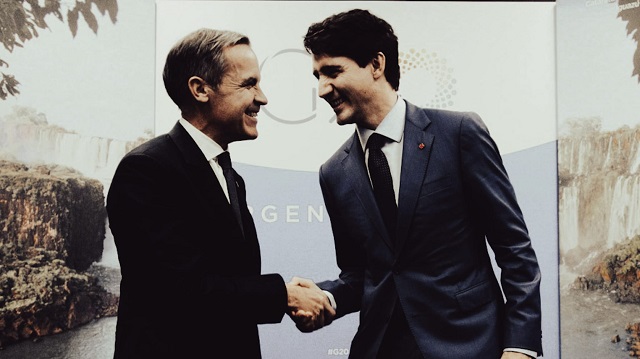
 2025 Federal Election2 days ago
2025 Federal Election2 days agoCanada is squandering the greatest oil opportunity on Earth
-

 Alberta6 hours ago
Alberta6 hours agoPremier Danielle Smith responds to election of Liberal government
-
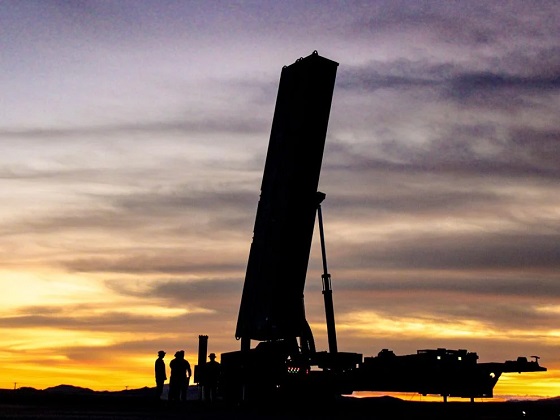
 International2 days ago
International2 days agoU.S. Army names new long-range hypersonic weapon ‘Dark Eagle’
-
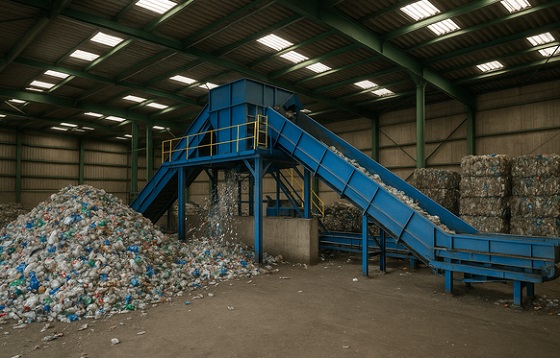
 Business1 day ago
Business1 day agoOttawa’s Plastics Registry A Waste Of Time And Money
-
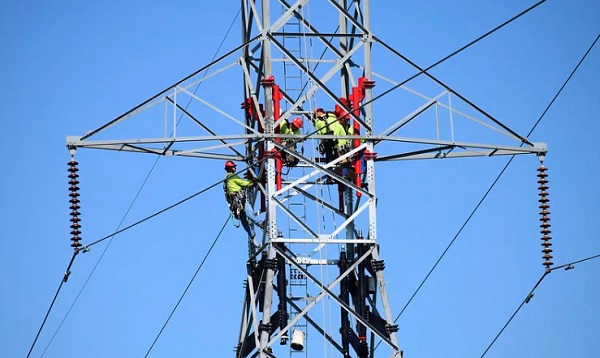
 Business1 day ago
Business1 day agoNet Zero by 2050: There is no realistic path to affordable and reliable electricity
-
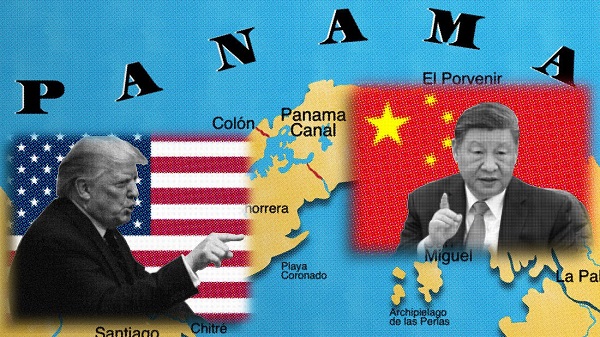
 Business2 days ago
Business2 days agoTrump demands free passage for American ships through Panama, Suez
-

 International1 day ago
International1 day agoConclave to elect new pope will start on May 7
-

 Addictions1 day ago
Addictions1 day agoFour new studies show link between heavy cannabis use, serious health risks


